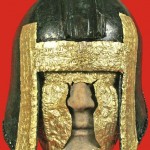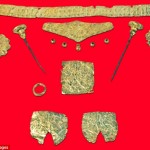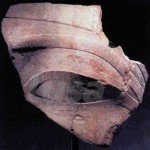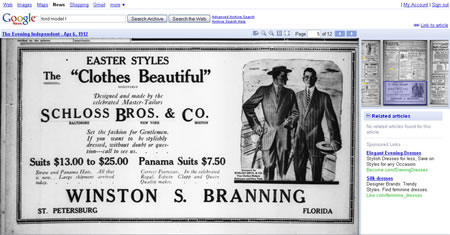Worked building a subway line in Salonika, Greece, have unconverted an enormous grave complex with over 1400 graves ranging in date from the 4th c. B.C. to the 4th c. A.D.
The finds range from humble pits and altar tombs of stone to marble sarcophagi, the ministry said.
One in five burial sites were found to contain offerings including Roman-era gold coins from Persia, jewellery made of gold, silver and copper, clay vessels and glass perfume-holders.
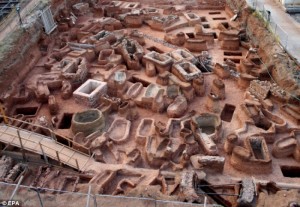
It looks like such a jumble. I can’t figure out from the article or the picture if these graves were all found in one spot, or if this is some sort of collection area for sarcophagi. I can’t imagine they’d move them around already, so I’m going to go with the on-site theory.
The subway also passes underneath the Jewish cemetery, incidentally, which was one of the largest in Europe and is thought to have contained 300,000 graves at its peak. Suprisingly huge, neh?
